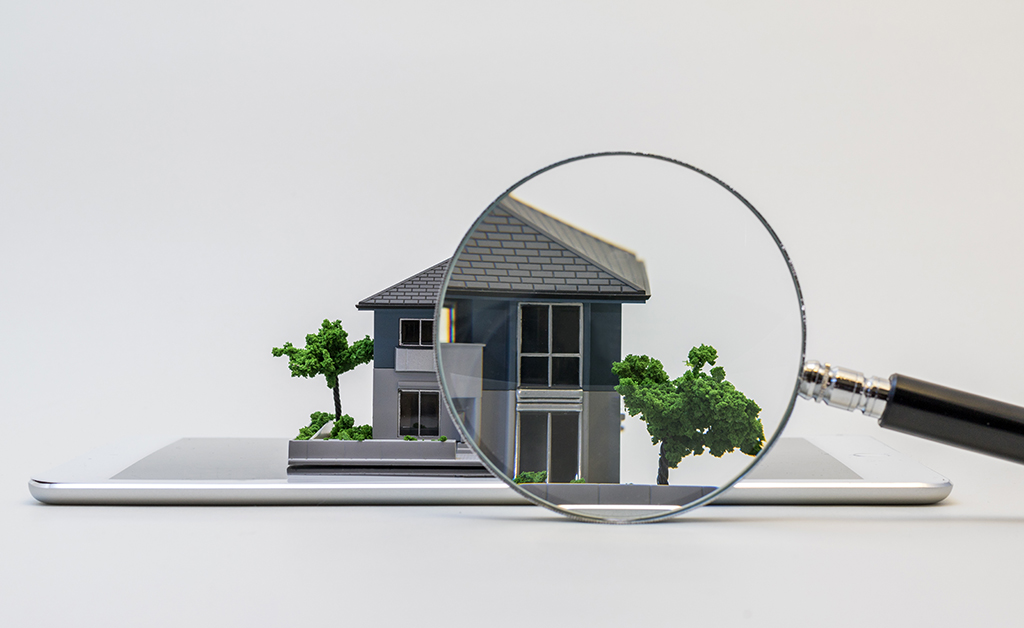Home inspections to identify potential issues before purchasing or listing
Home inspections to identify potential issues before purchasing or listing
Blog Article
What Is Included in a Comprehensive Residential Or Commercial Property Examination Refine?
An extensive residential or commercial property examination process is important for safeguarding financial investments and making sure safety. It encompasses a thorough analysis of architectural stability, electrical systems, pipes, and Heating and cooling systems, among other important components. What, then, are the most essential elements that can make or break a residential or commercial property evaluation?
Overview of Building Evaluation

The examination encompasses numerous vital locations, including the outside and interior aspects, systems such as plumbing and electrical, and any noticeable architectural parts (Best home inspections). Throughout the process, the assessor documents the condition of these components, looking for signs of wear, damage, or possible risks
A complete residential or commercial property examination not just aids prospective customers make educated decisions but also assists present proprietors in comprehending needed repairs or upkeep tasks. By giving a detailed report of findings, the evaluation allows stakeholders to prioritize problems that may call for instant attention or might influence future investment.
In addition, an efficient assessment procedure sticks to developed market standards and standards, ensuring a constant and trustworthy evaluation. In general, the home evaluation process is a necessary tool in realty deals, advertising openness and protecting both buyer and vendor passions.
Architectural Examination

Throughout the examination, experts assess different parts, consisting of the structure, framework, wall surfaces, and roofing system systems. They try to find signs of working out or moving, such as splits in wall surfaces or unequal floorings, which can represent underlying concerns. The assessment likewise involves checking out the high quality of construction materials and strategies made use of, making certain compliance with building regulations and standards.
Additionally, assessors might examine for indications of wetness invasion, which can result in timber rot and mold, further jeopardizing architectural honesty. They also review load-bearing elements to guarantee they can properly support the weight of the structure and its components.
Eventually, a thorough structural examination offers invaluable understandings for possible purchasers and homeowners, allowing them to make enlightened choices relating to residential or commercial property financial investments and needed upkeep. By recognizing structural problems early, proprietors can deal with problems proactively, preserving the long-term worth and safety and security of the residential property.
Electrical System Analysis
An efficient electrical system assessment is crucial in the building evaluation procedure, as it reviews the safety and security, capability, and conformity of a building's electrical facilities - Phoenix home inspections. This evaluation typically includes an extensive exam of the primary electrical panel, circuit breakers, and electrical wiring systems. Assessors search for signs of wear, deterioration, or damages that may compromise safety and security
The evaluation includes screening for adequate grounding and bonding, making certain that the electrical system is properly connected to protect against electric shock or fire hazards. Examiners additionally examine the capacity of the electric system to manage the present tons, determining any potential overwhelming concerns that can bring about failures or failings.
Furthermore, the analysis look for the presence of GFCI (Ground Fault Circuit Interrupter) and AFCI (Arc Fault Circuit Interrupter) gadgets in suitable places, which are important for protecting against electric shocks and stopping fires. Compliance with regional structure codes and regulations is likewise confirmed to make certain that any type of installations or modifications fulfill safety requirements.

Pipes and A/c Checks
Following the electrical system evaluation, the plumbing and a/c checks are indispensable parts of the home inspection process. These analyses guarantee that the essential systems of the residential or commercial property are operating properly and safely, consequently protecting the investment and well-being of the residents.
Throughout pipes evaluations, professionals assess the condition of pipes, components, and drain systems. They inspect for leakages, deterioration, and any type of indicators of water damages that might indicate larger problems. The effectiveness of water heating Continue systems is also examined to ensure they fulfill current standards and offer adequate hot water supply.
Assessors will evaluate the operational performance of these systems, ensuring that they preserve a comfortable indoor environment. Furthermore, the assessor will certainly look for any type of signs of wear or prospective safety and security dangers, such as carbon monoxide leaks in heating systems.
Exterior and Inside Examinations
Exterior and interior assessments are vital elements of the home assessment procedure, giving a detailed overview of a building's condition. The external assessment involves assessing architectural aspects such as the roof, siding, foundation, and home windows.
The indoor assessment concentrates on the problem of living areas, Learn More consisting of wall surfaces, flooring, and ceilings. Inspectors examine the capability of doors, home appliances, and windows, while likewise looking for indicators of dampness or architectural problems. Electrical systems, plumbing components, and HVAC systems are scrutinized to ensure they remain in working order, compliant with building regulations, and devoid of security hazards.
Both examinations culminate in a comprehensive record that highlights vital searchings for and recommendations for repair services or further examinations. This dual method ensures that potential customers or owners are fully informed about the property's toughness and weak points, allowing them to make educated choices.
Final Thought
To conclude, an extensive residential or commercial property assessment process includes a substantial analysis of architectural integrity, electric systems, plumbing, and HVAC devices, together with thorough outside and interior evaluations - Home inspections. By systematically analyzing each crucial component, possible security risks and compliance with industry criteria and local structure codes can be identified. The resultant thorough record serves as an essential resource, equipping home owners and purchasers to make enlightened decisions regarding property investments and upkeep, ultimately improving security and value
A detailed property inspection procedure is necessary for protecting financial investments and guaranteeing safety and security.Throughout the inspection, specialists assess various elements, including the structure, framing, wall check my source surfaces, and roof covering systems.A reliable electric system evaluation is essential in the building inspection process, as it evaluates the safety and security, functionality, and conformity of a structure's electric facilities.Exterior and indoor inspections are crucial elements of the building inspection procedure, offering an extensive review of a home's problem.In verdict, a comprehensive property assessment process includes a substantial evaluation of structural honesty, electrical systems, pipes, and Heating and cooling units, together with thorough outside and indoor examinations.
Report this page